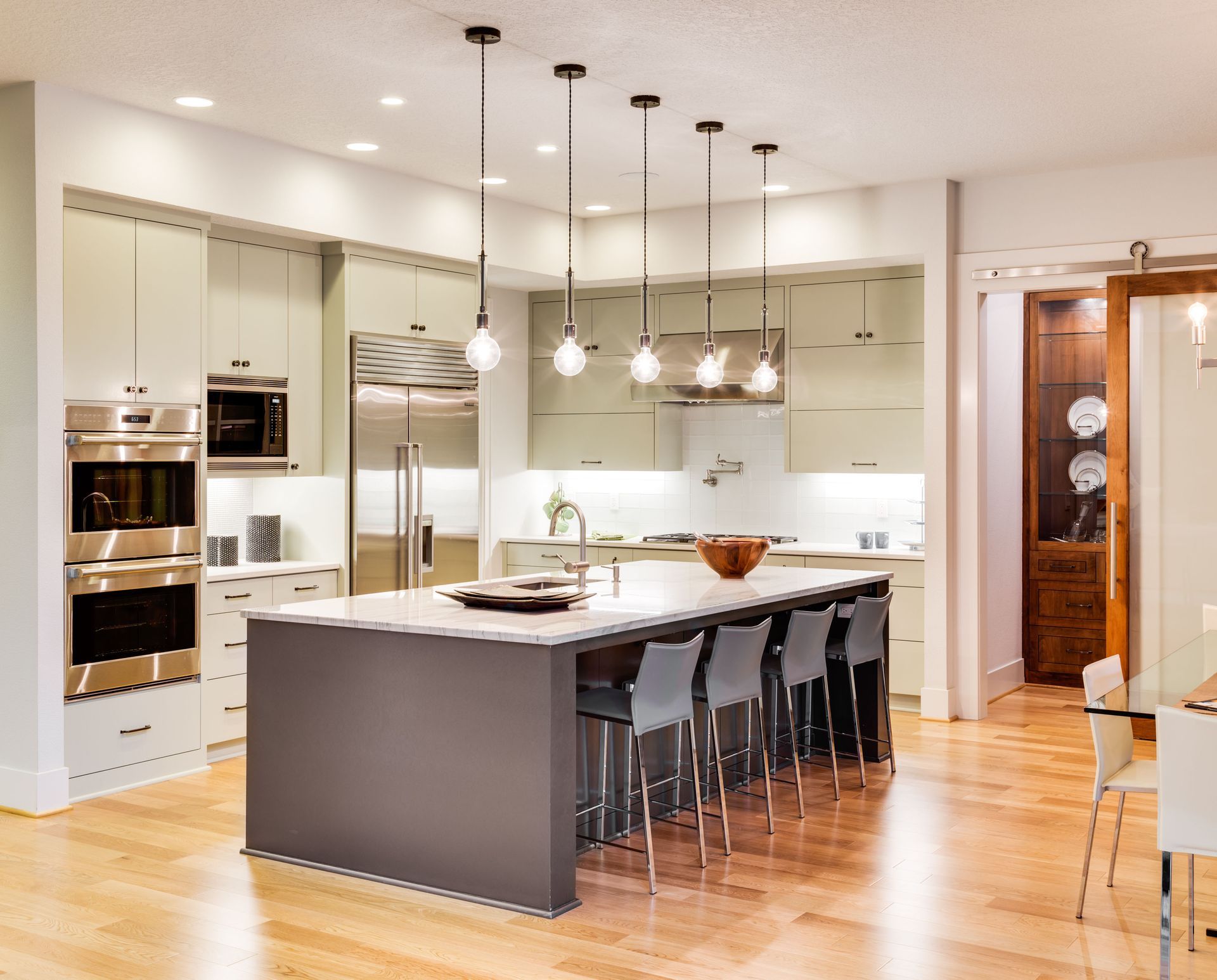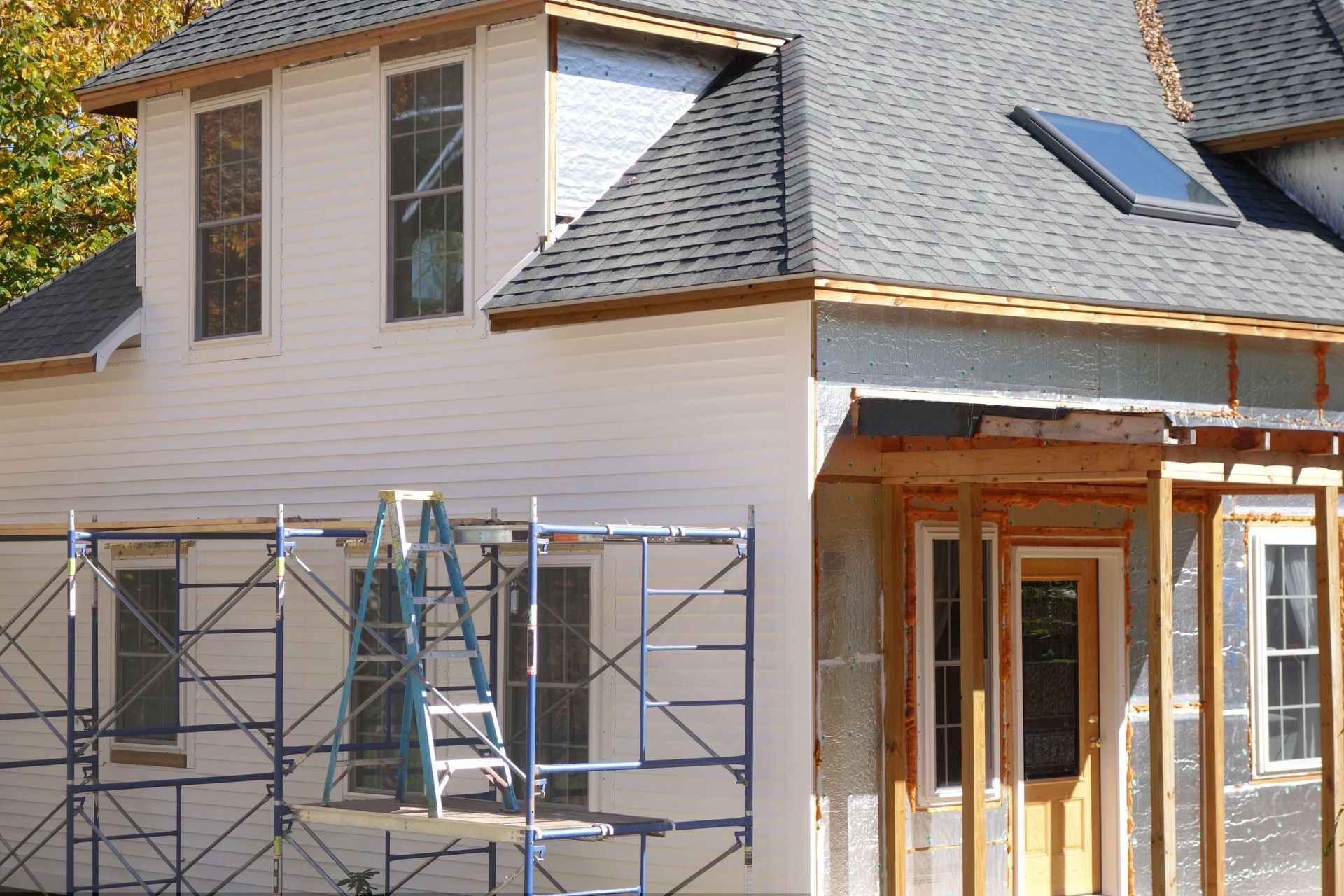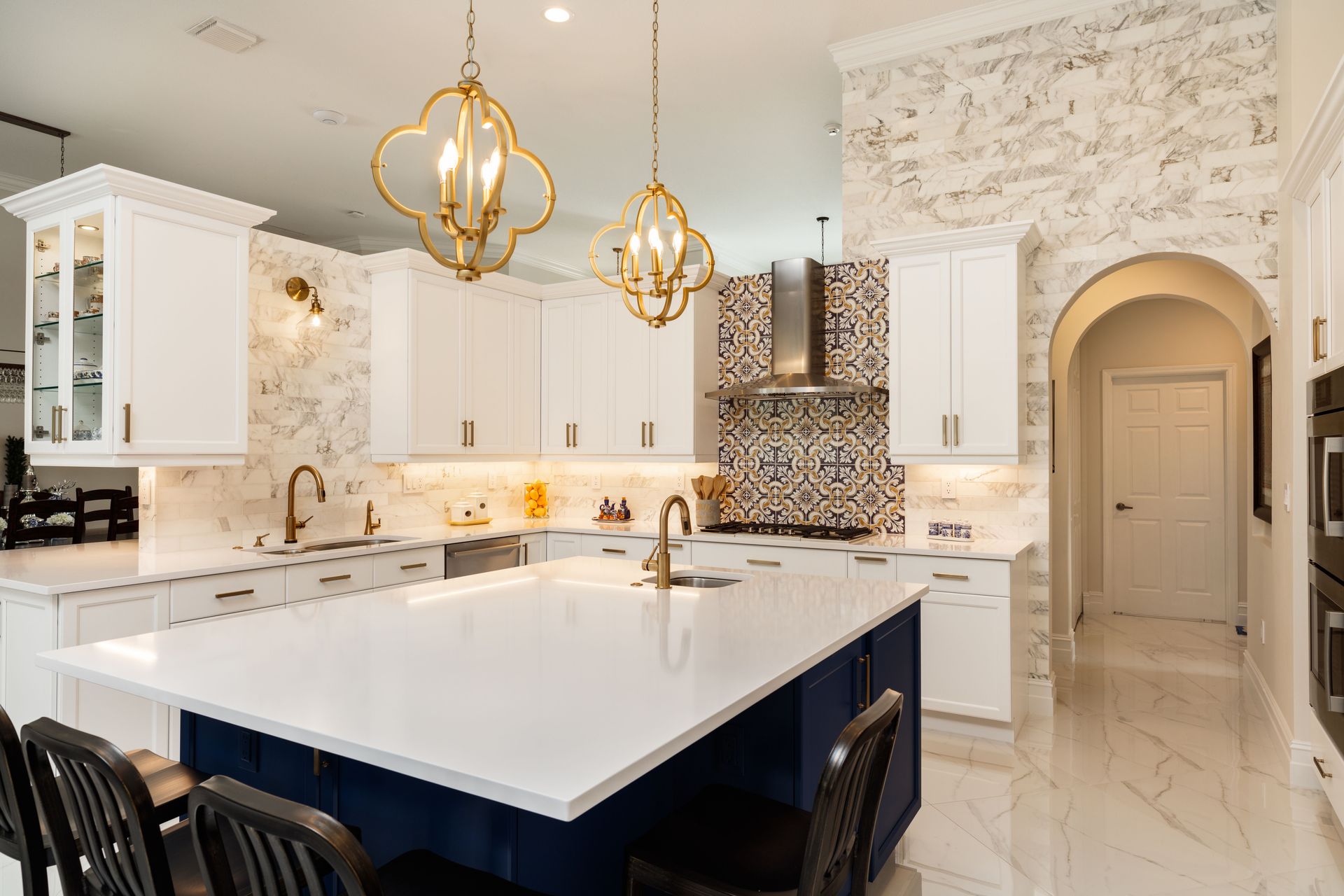Transform Your Home: Tips for Your Kitchen Renovation
Embarking on a kitchen renovation can be both exciting and daunting. With the right planning and inspiration, you can transform your kitchen into a space that is both functional and beautiful. This article offers comprehensive insights into crucial aspects of kitchen renovation to help you navigate this significant home improvement project. From planning your layout and choosing materials to optimizing storage and budgeting, each step is instrumental to a successful renovation. By exploring these elements, you'll be well-equipped to execute a kitchen makeover that not only enhances your living space but also adds value to your property.
Assessing Your Current Space
Before diving into a kitchen renovation, it is essential to assess your current space. This involves understanding your kitchen's layout, existing constraints, and potential improvements. Observe how you currently use your kitchen and identify what works and what doesn’t. Make a list of must-haves versus nice-to-haves in the redesigned space. This assessment will help guide your decisions on structural changes and the design elements that will best suit your needs.
Understanding the Work Triangle
The kitchen work triangle is a concept that can enhance efficiency. It involves positioning the sink, refrigerator, and stove in a triangle to minimize excess movement. Each side of the triangle should ideally be between four and nine feet, ensuring easy access to each area. Efficient workflow in a kitchen not only saves time but also creates a safer cooking environment. Incorporating the work triangle is critical in designing a kitchen that serves your daily needs effectively.
Balancing Aesthetics with Functionality
When planning a kitchen layout, it’s crucial to balance aesthetics with functionality. A beautifully designed kitchen can increase your home's appeal but without losing sight of practicality. Consider how materials, colors, and hardware contribute to both the look and usability of the space. Incorporating functional elements like pull-out shelves and ample counter space enhances the everyday usability of your kitchen. The overall design should serve not just to impress but also to function effectively for your lifestyle.
Open Concept vs. Closed Layouts
Choosing between an open concept and a closed kitchen layout depends on personal preference and lifestyle needs. An open concept kitchen encourages interaction and creates a more communal space, making it great for family gatherings. However, it may lack privacy and sometimes amplify noise. A closed layout, on the other hand, contains smells and messes, possibly providing more space for cabinets. Consider the pros and cons of both as you plan your kitchen space to what best suits you and your family’s lifestyle.
Creating a Multizone Kitchen
A multizone kitchen caters to modern needs by dividing the kitchen into zones for specific tasks. These could include meal prep, cooking, serving, and cleaning areas, allowing multiple activities to be performed simultaneously without interference. Organize tools and appliances according to these zones to maximize efficiency. In a multizone kitchen, each section is equipped for its particular purpose—ensuring smooth workflows and reducing clutter. This thoughtful zoning transforms the kitchen into a more dynamic and functional space.
Choosing Countertop Materials
Countertop materials can significantly impact both the aesthetic and functionality of your kitchen. Popular options include granite, marble, and quartz, each offering distinct benefits like durability and ease of cleaning. Consider the level of maintenance each material requires and your willingness to care for them regularly. Aesthetically, the countertop can serve as a focal point, with choices ranging from classic to contemporary styles. Weighing these factors will help you select countertops that suit your lifestyle while enhancing your kitchen’s appeal.
Flooring Options for Durability
Flooring in the kitchen is subject to heavy use, requiring materials that withstand wear and tear. Tile, hardwood, and vinyl are popular choices, each offering durability in its way. Tile provides water resistance and aesthetic flexibility, while hardwood offers warmth and natural beauty. Vinyl, on the other hand, is known for its resilience and easy maintenance. The key is selecting a floor that balances aesthetic desires with durability, ensuring longevity in a high-traffic area.
Exploring Cabinet Styles
Cabinetry often represents the most visible aspect of a kitchen’s design. Whether opting for traditional, modern, or transitional styles, cabinets should align with the overall aesthetic. Consider the material, color, and hardware, which can significantly alter the kitchen's look and feel. Features like glass-front doors or open shelving can add visual interest and functionality. Since cabinets are a substantial investment, choose styles that will maintain their appeal over time while supporting practical use.
Selecting Backsplash Designs
The backsplash is an opportunity to inject personality into your kitchen. It bridges the space between countertops and cabinets, offering an area to explore creative design options. Materials range from classic subway tiles to more intricate mosaics or natural stone. Practical considerations, such as ease of cleaning and resistance to stains, should also guide your choice. A well-chosen backsplash serves as a visual anchor that can carry the kitchen's aesthetic through color, texture, and pattern.
Incorporating Eco-Friendly Finishes
As sustainability becomes a priority, incorporating eco-friendly finishes in kitchen renovations is increasingly appealing. Options include recycled materials, low-VOC paints, and sustainably sourced wood. These finishes not only reduce environmental impact but can also enhance indoor air quality and create a healthier home environment. According to the National Association of Realtors, over 75% of real estate professionals believe a renovated kitchen adds the most value when selling a home, and eco-friendly designs can be a unique selling point. By choosing sustainable options, you create a kitchen that is beautiful, functional, and environmentally responsible.
Innovative Cabinet Storage Solutions
Innovative storage solutions within kitchen cabinets can greatly enhance functionality. Features like pull-out shelves, lazy Susans, and integrated dividers create accessible and organized spaces. Custom cabinetry can accommodate specific needs, such as oversized cookware or specialty items. Adjustable shelves and modular designs offer flexibility to adapt storage solutions over time. These innovations ensure that every inch of cabinet space is utilized efficiently, reducing clutter and enhancing kitchen organization.
Utilizing Vertical Space
Maximizing vertical space can dramatically increase your kitchen's storage capacity. High cabinets can utilize often overlooked wall space, perfect for storing infrequently used items. Installing hooks and racks on walls or the inside of cabinet doors offers additional space for pots, pans, and utensils. Open shelving can also be a stylish way to display attractive dishes or cookbooks while freeing up cabinet space. By thinking vertically, you unlock the full potential of your kitchen’s storage capabilities.
Pantry Organization Tips
A well-organized pantry streamlines meal prep and reduces food waste. Implementing baskets, bins, and clear containers helps categorize ingredients for easy access. Labels and date markers are useful for maintaining a systematic order and tracking food freshness. Consider utilizing adjustable shelving to accommodate changing storage needs over time. With a thoughtfully organized pantry, your kitchen becomes more efficient, reducing time spent searching for ingredients and inspiring culinary creativity.
Space-Saving Kitchen Gadgets
Space-saving kitchen gadgets can enhance functionality in smaller kitchens. Consider appliances like multi-use blenders, compact processors, or stackable cookware that minimize space consumption. Tools designed to nest or fold away make clever use of limited kitchen real estate. Carefully choosing or swapping out unnecessary single-use gadgets can free up significant space. By integrating space-conscious options, you can enjoy a fully equipped kitchen without compromising on space.
Customize Your Storage for Specific Needs
Customizing storage solutions based on specific needs results in a more functional kitchen. Consider the types of cooking you do most often and choose storage options that support this. For bakers, a custom drawer for baking sheets or ingredient bins might prove invaluable. Alternatively, a home chef might appreciate a spice rack or knife drawer. Crafting a kitchen organization plan that’s tailored to your cooking habits ensures efficient use of space and time.
A successful kitchen renovation is a blend of strategic planning, informed choices, and personal style. By considering each aspect carefully, from layout and materials to lighting and budget, you can create a kitchen space that reflects your personality and meets your everyday needs. With these tips, embark on your renovation journey confidently to achieve stunning and functional results. According to industry research, a well-renovated kitchen not only enhances daily life but also increases your home’s appeal and market value. For expert guidance and high-quality craftsmanship on your next kitchen renovation, contact Big Step Construction today and let us help bring your dream kitchen to life.






Share On: